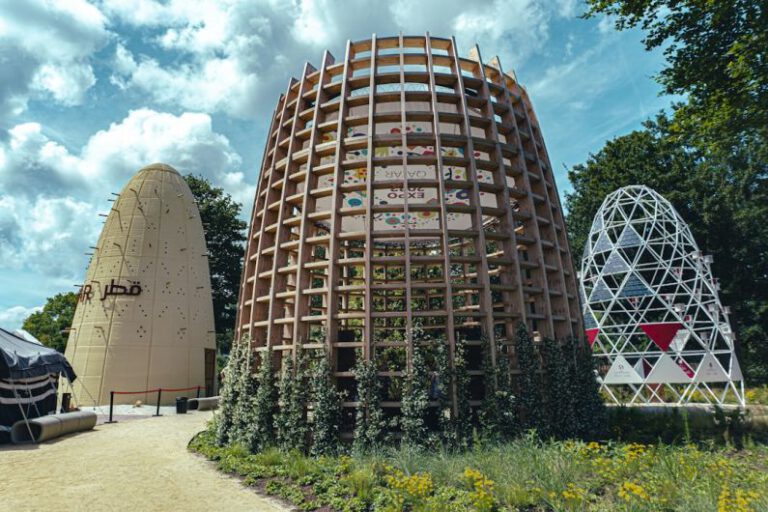The Networked City: Exploring the Possibilities of Iot in Urban Planning
As our cities continue to grow and evolve, the need for smarter and more efficient urban planning becomes increasingly critical. The Internet of Things (IoT) has emerged as a powerful tool that can revolutionize the way we design, build, and manage our urban environments. By connecting various devices and sensors to the internet, IoT technology enables real-time data collection and analysis, leading to more informed decision-making and improved quality of life for city residents. In this article, we will delve into the exciting possibilities of IoT in urban planning and how it can shape the future of our networked cities.
Enhancing Infrastructure Efficiency
One of the key benefits of incorporating IoT into urban planning is the ability to enhance the efficiency of infrastructure systems. By embedding sensors in critical infrastructure such as transportation networks, water supply systems, and energy grids, city planners can monitor and optimize the performance of these systems in real-time. For example, IoT sensors installed in traffic lights can collect data on traffic flow patterns, allowing for dynamic adjustments to signal timings to reduce congestion and improve traffic flow. Similarly, smart water meters can detect leaks and monitor water usage, leading to more efficient water distribution and conservation efforts.
Improving Public Safety and Security
IoT technology also plays a crucial role in improving public safety and security in urban areas. By deploying smart surveillance cameras equipped with facial recognition software and license plate recognition technology, law enforcement agencies can effectively monitor public spaces and respond to incidents more rapidly. Additionally, IoT-enabled emergency response systems can automatically detect and report emergencies such as fires, accidents, or criminal activities, enabling faster and more coordinated responses from first responders.
Creating Sustainable and Resilient Cities
Another significant advantage of leveraging IoT in urban planning is the potential to create more sustainable and resilient cities. By integrating IoT devices into buildings, streetlights, and public spaces, cities can reduce energy consumption, minimize waste, and lower carbon emissions. For instance, smart lighting systems can adjust brightness levels based on natural light conditions, reducing energy usage and light pollution. Furthermore, IoT sensors can monitor air quality levels, noise pollution, and waste management, providing valuable data for policymakers to implement targeted sustainability initiatives.
Promoting Citizen Engagement and Participation
IoT technology also empowers citizens to actively participate in the planning and management of their cities. Through mobile apps and online platforms connected to IoT devices, residents can report issues such as potholes, graffiti, or malfunctioning streetlights directly to city authorities. This real-time feedback mechanism not only enhances service delivery but also fosters a sense of community engagement and collaboration. Additionally, IoT-enabled public spaces can offer interactive experiences such as augmented reality tours, digital art installations, and community events, enhancing the overall livability of cities and promoting social connectivity.
Fostering Innovation and Economic Growth
By embracing IoT in urban planning, cities can stimulate innovation and economic growth by creating a conducive environment for tech startups, entrepreneurs, and research institutions. IoT ecosystems offer opportunities for collaboration and co-creation, enabling the development of new solutions and services to address urban challenges. For example, smart city initiatives can attract investment in sectors such as IoT technology, data analytics, and urban mobility, leading to job creation and economic diversification. Moreover, IoT-enabled infrastructure can attract tech-savvy talent and businesses seeking to leverage the benefits of a connected and intelligent urban environment.
Embracing the Future of Networked Cities
In conclusion, the integration of IoT technology in urban planning holds immense potential to transform our cities into smarter, more efficient, and sustainable environments. By harnessing the power of real-time data and connectivity, cities can address pressing challenges such as infrastructure efficiency, public safety, sustainability, citizen engagement, and economic development. As we navigate the complexities of urbanization and technological advancement, embracing the future of networked cities through IoT innovation is key to creating thriving, inclusive, and resilient urban spaces for generations to come.






